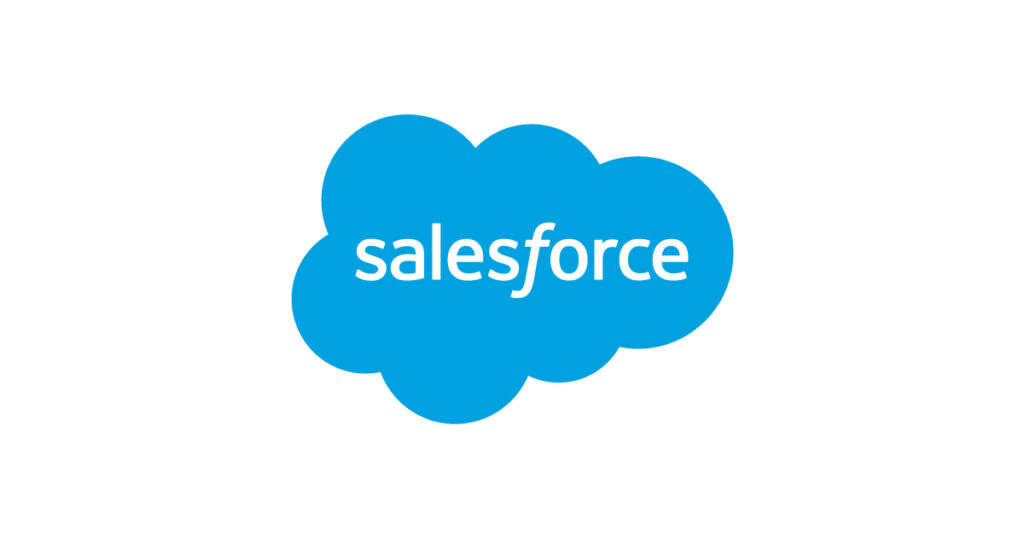
One of the most common risks in an enterprise CRM system implementation is “Legacy System 2.0,” or “Legacy 2.0” for short. This is such an important topic that I’ve been writing about it for years. Legacy 2.0 is a term I coined to describe the almost universal tendency to recreate the same processes, configurations, and outputs that exist in an organization’s old CRM into their new CRM system. This tendency thereby ensures that the old way of doing things, which are likely inefficient and ineffective (and may be driven by the limitations of the old system), continues into the future.
The result? A relatively minimal ROI. Why? Implementing a new CRM system is a significant investment of time and money. Simply re-building the old environment means that you’re missing a huge opportunity to take advantage of a new system’s capabilities. And isn’t that one of the reasons you’re transitioning systems in the first place?
There are many, many reasons for this trend, but fully exploring them would turn this article into a full-blown book. Suffice to say, for now, that adapting to change is very difficult. No organization would intentionally invest upward of seven figures into a new CRM system along with a massive amount of time and effort just to do things exactly the same way as before. But there is a possible tool in the toolbox to mitigate Legacy 2.0 and improve implementation outcomes. That tool is Salesforce.
Enterprise-level Salesforce-based fundraising CRM systems have been in use for several years. But now, as their capabilities continue to mature, they are starting to penetrate the nonprofit market more widely than ever. Until recently, nonprofit fundraising versions of Salesforce have lagged behind their established competitors in core functionality. They still do to a fair extent, in my opinion, but the gaps are closing.
Salesorce itself, on the other hand, has become so well-known and so deeply embedded in the modern workplace consciousness that everybody seems to know about it.
So much so, I daresay, that the term “CRM” may be approaching buzzword status if it hasn’t already. The popularity of Salesforce seems likely to drive industry investment into increasingly capable nonprofit versions of the platform. This popularity is in part what organizations can leverage to drive process change during an implementation.
When people think of Salesforce, they tend to think of the brand as cool and innovative. They also think of it as an easily customizable solution, extremely mobile-friendly, and highly “automatable.”
There’s a reality behind the perception. Salesforce is innovative. It does have impressive point-and-click automation capabilities and front-end customizability. It can help you change the way you work and collaborate. It is instantly mobile-ready. It has a Process Builder to automate workflows, validation rules to prevent data integrity problems (rather than having to audit and correct), Chatter for collaboration and communication, and even Einstein Voice—there is significant potential in all of this.
But more importantly for our purposes here, everyone knows about it, which is something you can take advantage of to create the right mindset for an implementation. Here’s some advice on that front:
- Don’t default to Legacy 2.0
- Get to the underlying “why” of a process
- Find the best solution to accomplish the “why” in the new system
The reality of any CRM system implementation, regardless of the product and platform, is that a large percentage of the work is quite complicated and laborious.
Who doesn’t want to be involved in a project that’s cool, innovative, and maybe even a little bit cutting edge?
Especially when that project will help the whole team work more efficiently and productively. Hopefully there will even be some fun along the way. Every CRM implementation team I’ve worked with has heard the advice during the project kickoff to “remember to have some fun,” but fun is a very easy thing to forget once the team is buried deep beneath project work and “regular day jobs.”

When participants in an implementation project become overburdened by the workload of the project and their ongoing work, it’s easy for the emphasis to become, “Let’s just get the data in there, get live, and work out the process improvements later.” It has been our considerable experience that “later” never comes. So the primary phase of the project is the best opportunity to leverage the cool, fun, innovative and cutting-edge capabilities of a new system. This not only helps maintain interest and engagement within the project team, but also keeps the team focused on the organizational objectives behind the massive undertaking of the implementation. And those organizational objectives do not include Legacy 2.0.
There are many ways to operationalize (and even “infrastructuralize”) this mindset. One straightforward approach is to reflect the mentality within the project charter which clearly states key strategic and tactical objectives of the implementation project. Including one or more meaningful metrics for innovation or automation within the project’s overall success metrics can help make this more tangible and keep it top of mind.
There are several other techniques for utilizing Salesforce’s capabilities in a similar fashion. I’ll explore these further in a series of short articles about Salesforce and nonprofit CRM implementations. If you use Salesforce, are moving to Salesforce, or are considering Salesforce, we have the Salesforce Certified expertise to help.
 Brandon is a Salesforce Certified Administrator and brings over 20 years of experience as an advancement practitioner and consultant. Before joining Zuri Group, Brandon was a Senior Enterprise Solutions Consultant at Blackbaud, and prior to that he was a fundraiser for 12 years. This deep experience in both frontline fundraising and fundraising operations and data management strongly informs his approach to consulting, and Brandon helps his clients keep the bigger picture in mind at all times.
Brandon is a Salesforce Certified Administrator and brings over 20 years of experience as an advancement practitioner and consultant. Before joining Zuri Group, Brandon was a Senior Enterprise Solutions Consultant at Blackbaud, and prior to that he was a fundraiser for 12 years. This deep experience in both frontline fundraising and fundraising operations and data management strongly informs his approach to consulting, and Brandon helps his clients keep the bigger picture in mind at all times.
